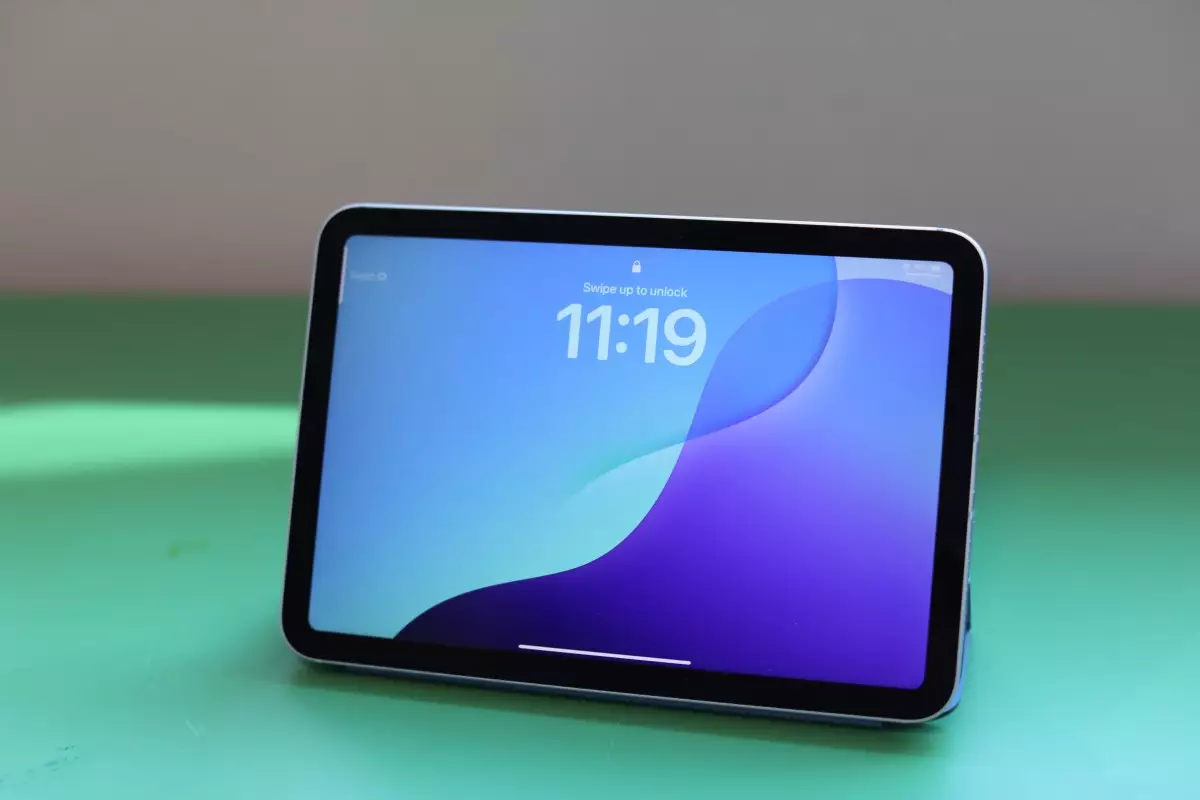The Apple iPad, initially heralded as the device that redefined tablets, found itself on a rocky path in recent years. A possible shift in focus from Apple, moving towards new genres such as wearables, augmented reality, and mobile innovation, led to a stagnation of the iPad lineup. However, a resurgence seems to be on the horizon, particularly with the introduction of the upgraded iPad Mini. The latest developments surrounding Apple’s smaller tablet point toward a strategic repositioning that could revitalize its relevance in the increasingly competitive tablet market.
A Comparison of Generations: The Evolution of the iPad Mini
Over the years, the iPad series has had its ups and downs, with different models attracting varying degrees of consumer interest. The recent launch of the new iPad Mini features the M2 chip, showcasing the increasing computational power within compact devices. The introduction of Apple’s M-series processors to non-Mac devices signals a pivotal shift in how Apple positions its tablet. While the standard iPad, equipped with an older A14 Bionic chip, lags behind in performance, the Mini outpaces it significantly, garnering excitement among existing and potential users.
The iPad Mini’s performance upgrade is particularly striking when one considers its size. It’s equipped with an A17 Pro, the same chip fueling the iPhone 16 Pro models. This aligns with Apple’s strategy of infusing its lightweight devices with desktop-level performance, appealing to a broader user base that seeks versatility in their gadgets. It enhances the Mini’s ability to handle demanding applications and multitasking, which were once reserved for larger and more powerful laptops.
One of the most striking contrasts within the iPad lineup is the pricing structure. The Wi-Fi version of the iPad Mini is priced at $499, whereas the base iPad retails for $349. The reluctance of Apple to update its basic model has created a significant gap in both performance and price. Remarkably, the Mini, despite its smaller screen—8.3 inches compared to the standard iPad’s 10.1 inches—stands as a premium offering due to its powerful internals and pixel density.
This $150 price difference—especially significant in the budget-conscious market—is worthy of exploration. Consumers usually equate size with value, yet the Mini’s superior technological features, pixel density, and overall performance make it a compelling option for users yearning for more than just a larger screen. It’s a classic example of how a shift in consumer perception, combined with effective marketing strategies, provides a unique opportunity for product differentiation.
While the iPad Mini undoubtedly resonates with tech enthusiasts and creative professionals—thanks to features like Apple Pencil compatibility—it must also carve out its identity beyond mere specifications. The tablet serves as an excellent notes device and offers substantial advantages for those in educational settings. Its lightweight design allows students to easily transport it, making it convenient for lectures or group projects.
However, the reality is that not every potential user will find the iPad Mini essential. For individuals who primarily consume media or seek a reading device, alternative options like dedicated e-readers may better meet their needs, especially considering their eye-friendly screens and superior battery life. Apple must address these competing products head-on to validate the Mini’s existence in a saturated market.
Looking Ahead: The Future of the iPad Mini and Beyond
Innovations such as Apple Intelligence—a generative AI platform—open new avenues for user engagement. This feature, alongside the robust hardware specifications, positions the iPad Mini as an exciting educational tool. It can aid students in drafting essays, rewiring emails, or even creating presentations seamlessly. However, one must question whether the features stand out enough in comparison to established platforms like ChatGPT and other writing tools.
For now, the iPad Mini makes a case for itself. It appeals to both students and professionals looking for a capable device that straddles the line between performance and portability. Still, for more casual users, the decision may ultimately hinge on whether they see enough value in a smaller tablet compared to larger smartphones.
Apple’s strategic pivot with the iPad Mini, enhanced by the M-series processors and the A17 Pro chip, positions the device as an appealing choice within its lineup. Yet, the iPad Mini must continue to carve out its niche by addressing the diverse needs of its potential user base, ensuring its relevance in a rapidly evolving tech landscape.

